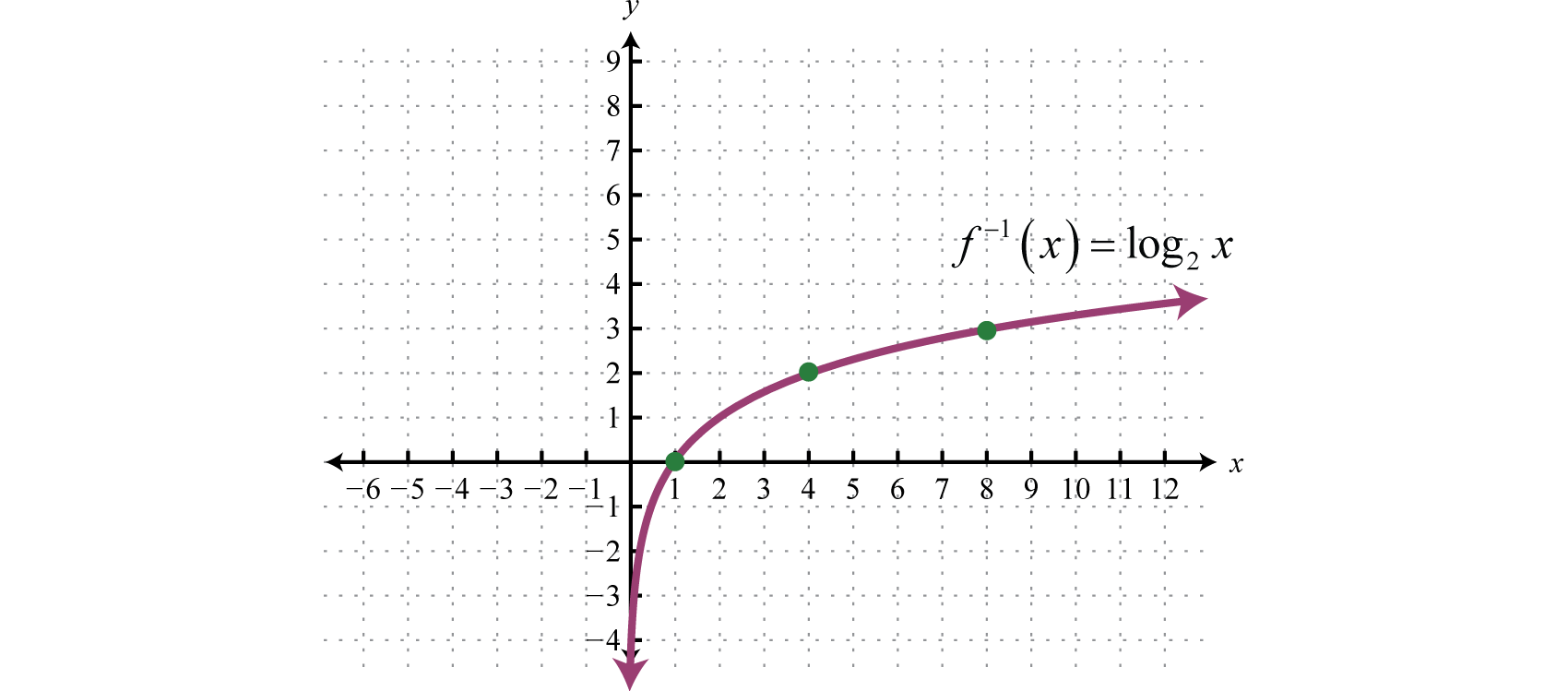

It will change the scale of the y-axis of the histogram to the log scale with default base 10. We can change the scale of the axes of the histogram in python by specifying the value True to the argument log in the () function. Read: What is matplotlib inline Matplotlib log log histogram # Changing to the log ticks at x and y axis using loglog Plt.xlabel('log(x) base 10', fontsize=13) Plt.title('loglog linear plot with y-axis log base 2', fontsize=15) Let’s implement the 2nd method through an example: # Importing necessary libraries Or we can create a scatter plot first, using the () function to plot the graph and then specifying the () function with required arguments to change the scale of the axis to log scale.The method discussed above, directly using the () function and specifying the value ‘.’ to the argument linestyle, for plotting the graph as well as to change the axes scale to log scale.We can do so, by either of the below methods: We can change the scale of a scatter plot to the log scale using the () function in python. Read: Python plot multiple lines using Matplotlib Matplotlib log log scatter Plt.title('loglog with negative values change into small positives', fontsize=15) Plt.loglog(x, y, 'g', basex=2, basey=2, nonposx='clip', nonposy='clip') # Plotting the loglog graph with negative values to be changed to Plt.title('loglog neglecting negative values', fontsize=15) Plt.loglog(x, y, 'r', basex=2, basey=2, nonposx='mask', nonposy='mask') # Plotting the loglog graph with neglecting negative values Now, let’s do some hands-on examples to understand the concept: # Importing necessary libraries And ‘clip’ changes the negatively valued data points to the small positive values. ‘mask’ makes the graph to neglect the negative value of the data-point on the axis and treat the negative values as invalid. We can specify the value ‘mask’ or ‘clip’ to the arguments nonposx and nonposy. Matplotlib handles the negative values for the log scaled axis of the graph by specifying the arguments nonposx and nonposy for the x-axis and y-axis respectively. Read: Matplotlib plot a line Matplotlib loglog log scale negative # Plotting the graph with Log ticks at x and y axis using loglogĪx2.loglog(x, y, '-r', linewidth=2, label='e ^ (2.3 * x + 3.7)')Īx2.set_title('loglog exponential plot', fontsize=15) # Plotting the graph without using loglogĪx1.plot(x, y, ':b', linewidth=2, label='e ^ (2.3 * x + 3.7)')Īx1.set_title('Exponential plot', fontsize=15) Now, let’s implement our understanding through an example: # Importing necessary librariesįig, (ax1, ax2) = plt.subplots(2, 1, figsize=) nonposx and nonposy: We can either mask the the non-positive values in the x and y as invalid, or clip them to a very small positive number.If it is None, the reasonable locations are automatically selected based on the number of decades in the plot. subsx and subsy: We can specify the location of the minor x and y ticks on the graph using the subsx and subsy.

basex and basey: We can specify the base of the log scale for the x-axis and y-axis by using the basex and basey respectively.And in addition to the basic plot parameters, the following parameters can also be specified:.



 0 kommentar(er)
0 kommentar(er)
